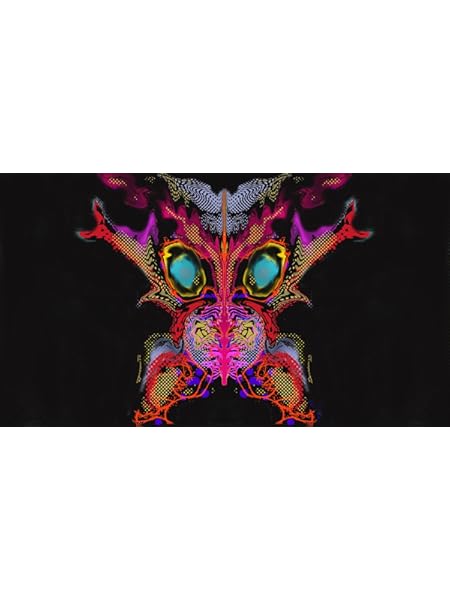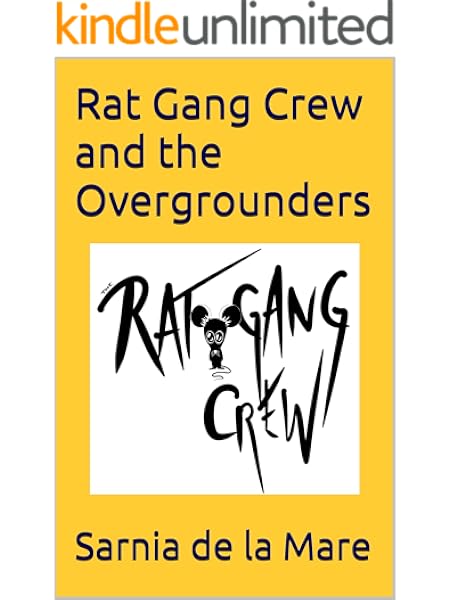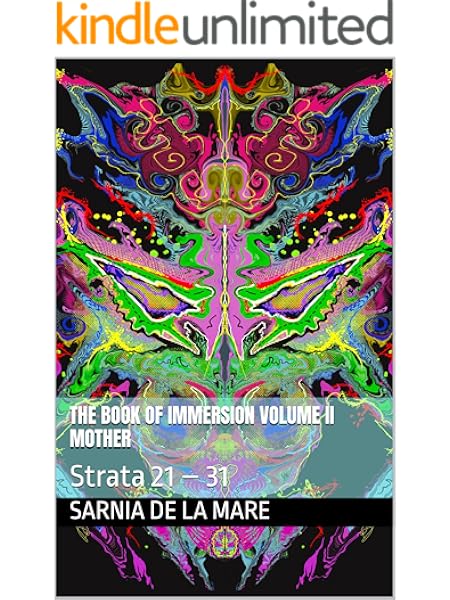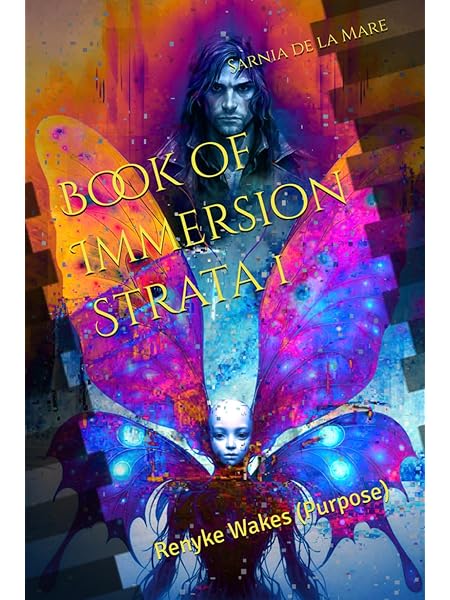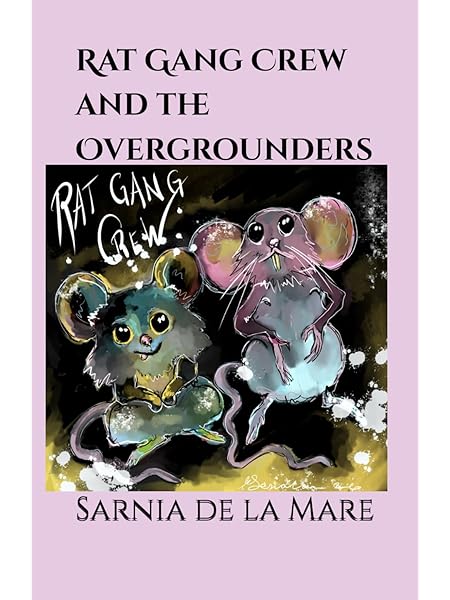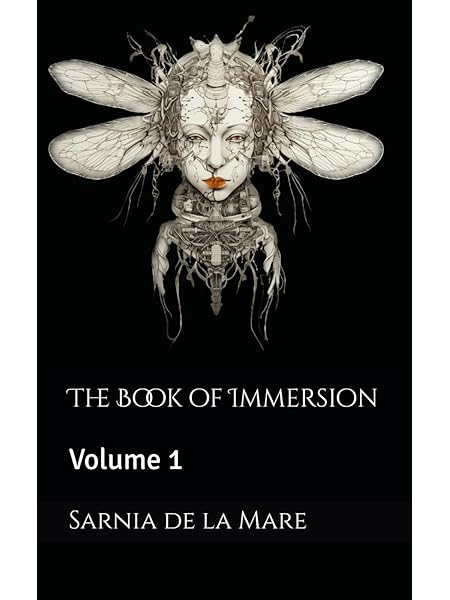Berlin learned to make art from its woulds.
By the late 1970s, the city was a collage of ghosts and scaffolding — half-rubble, half-rehearsal space. The Wall sliced through its heart like a bad scar, dividing not just politics but psychology. Yet in that crack, something began to grow: a scene that turned desolation into theatre.
Squats became studios, bunkers became nightclubs, and every abandoned factory echoed with the clatter of typewriters and drum machines. Electricity was borrowed, paint was stolen, and rules were optional. The air smelled of damp concrete and hairspray — a mix that could either kill you or inspire you, depending on the night.
Women like Nina Hagen, Gudrun Gut, and the members of Malaria! took punk’s raw nerve and wired it into performance art. They didn’t want to imitate London’s fury or New York’s poetry; they wanted to reinvent the body itself — to turn sound into gesture, movement into manifesto. In Berlin, punk wasn’t a style; it was a survival mechanism.
Music here didn’t shout for revolution — it whispered through walls, reverberated through ruins, and pulsed beneath police sirens. Every gig felt illicit, improvised, slightly radioactive. And perhaps that’s why it mattered: Berlin’s punks weren’t rebelling against boredom or the charts; they were rebelling against history itself.
If punk in London was a riot, Berlin turned it into a ritual. The gigs felt like séances for a city that had stopped believing in redemption. There were no idols here, no proper stages — just women howling into microphones in bombed-out buildings, their voices bouncing off walls still scorched by history.
Nina Hagen was the high priestess of this new faith. Classically trained, politically uncontainable, she could switch from opera to animal growl in the same breath. Her body became her sermon — twitching, grotesque, divine. To watch her perform was to see someone tearing through categories in real time: woman, diva, prophet, clown.
Around her, others were experimenting with the same feverish intensity. Gudrun Gut, Bettina Köster, and the women of Malaria! blurred the line between gig and performance art. They used drum machines like heart monitors, strobes like confessions. Theirs was a minimalist aesthetic that still felt maximal — sparse, but emotionally unhinged.
In these performances, sound wasn’t entertainment; it was architecture. Every distortion built a new space to exist in. The noise became sanctuary, confession, weapon, and womb all at once. The women of Berlin didn’t wait for galleries to invite them in — they built their own cathedrals out of feedback and fluorescent light.
And in a city obsessed with borders, they created something that couldn’t be contained: a sound that was part scream, part sacrament — a form of prayer for those who’d stopped believing in gods but still needed transcendence.
Sex, Queer, and the Subversion of Shame.
Berlin’s underground never asked for permission to be perverse — it was born that way. In the shadow of the Wall, desire found new choreography: rough, elegant, and defiantly unashamed. The city became a testing ground for identity itself, a place where gender melted faster than the makeup under club lights.
In London, punk had been about confrontation; in Berlin, it became about transformation. Nina Hagen switched genders mid-performance, half goddess, half alien. Die Tödliche Doris staged performances that turned humiliation into art, stripping away every pretense until all that remained was the awkward truth of being human. Queer women and nonconforming artists took punk’s blunt rebellion and infused it with erotic intelligence.
There was something radical in the way Berlin treated sex — not as spectacle, but as survival. Pleasure was political. Shame was the real enemy. These women and queer performers used their bodies like mirrors, reflecting back the hypocrisy of a society that criminalised desire while selling it in every shop window.
The Kreuzberg scene became a living manifesto: polysexual, polyphonic, profoundly unbothered by propriety. Drag met Dada; kink met kindness. It was less about seduction than revelation — the art of saying, Here I am, and I don’t care if it offends you.
In those small, smoke-heavy rooms, they didn’t just dismantle patriarchy; they dismantled the idea that there was ever one way to be a woman, or human, or alive.
In Berlin, even silence was political. Every sound had to cross a border — sometimes visible, sometimes invisible, always dangerous. The Wall wasn’t just concrete; it was censorship cast in stone. Yet, as always, the women found a way to sing through it.
On the western side, the Kreuzberg collectives recorded tracks on stolen tape decks and smuggled them east through friends, lovers, or sheer luck. On the eastern side, secret listeners tuned into forbidden radio frequencies, straining to catch the hiss of freedom between waves of static. That noise — fragile, flickering, half-illegal — became the sound of hope.
Some say the first crack in the Wall wasn’t made by hammers but by feedback. Women’s voices crossed the divide long before politicians did. Their songs were ghost signals, transmitted through frequencies meant for propaganda but reclaimed for art. The state tried to jam them, erase them, drown them in patriotic marches. But the noise always returned, transformed, distorted, alive.
The Wall made everything matter. Every lyric, every scream, every broadcast carried risk. Punk wasn’t rebellion here — it was espionage with a beat. When Malaria! played in squats just blocks from the death strip, it felt less like a concert and more like a coded message: We are still here. We are still making sound.
Berlin’s punk women understood what it meant to exist under surveillance — to have your body and your art monitored, reduced, archived. And yet they kept performing, their defiance vibrating through every reverb line. In a divided city, they found communion through distortion.
To outsiders, Berlin in the ’80s looked like a slow-motion collapse — too much eyeliner, too little food, too many nights that never ended. But look closer and you could see it: the order inside the chaos. The women of Berlin weren’t destroying themselves; they were choreographing survival.
Nina Hagen’s manic theatre wasn’t madness — it was mastery. She understood the power of shock as structure. Each scream, each contortion, each burst of laughter was timed like a conductor’s cue. Likewise, the members of Malaria! and Liaisons Dangereuses built entire soundscapes from scarcity — a drum machine, a voice, a pulse. It was discipline disguised as disorder, precision masquerading as breakdown.
For women, decadence was a form of self-control. They took everything society called shameful — vanity, hunger, hysteria — and turned it into art. Their exhaustion became performance; their glitter, armour. In a city obsessed with reconstruction, they reconstructed the self nightly, with lipstick and noise as tools of endurance.
This was not hedonism. It was ritual. Each gig, each photograph, each collapse under strobe light was a controlled burn — a refusal to be consumed by the ruins. To live beautifully at the edge of destruction required skill, not recklessness.
Berlin’s women artists understood something profound: that survival, when aestheticised, becomes transcendence. The decadence was the discipline. The noise was the prayer. And every performance was a small act of resurrection amid the rubble.
When the Wall finally fell, Berlin didn’t cheer — it exhaled. The city had been holding its breath for decades, living on borrowed rhythm. The punks, the queers, the artists — they’d already imagined freedom long before it arrived. When it came, it felt almost redundant.
You could still hear their ghosts in the empty clubs — a bassline caught in the dust, a lipstick print on a cracked mirror. What they built out of noise and nerve became the foundation for Europe’s next generation of rebellion. The static travelled: to the feminist collectives of Paris, the queer performance cells of Warsaw, the cold-wave minimalists of Moscow, the dream-pop insurrections of Reykjavik.
Berlin had taught them all one truth — that art made in captivity will always sound freer than art made for applause. And though the Wall fell, the mindset it created — of vigilance, of invention, of beauty in decay — became a new kind of European anthem.
As the rubble settled, the women of Berlin packed up their synthesizers, their film reels, their fractured saints’ hearts, and took their noise elsewhere. The beat didn’t stop. It simply changed address.
Find all the Tale Teller Club Profiles and websites below
Publishing
Books https://amzn.to/43aFeEd
Amazon and Kindle Author Page https://www.amazon.co.uk/stores/author/B0CWGX2DJ6
A-N Artist Profile https://www.a-n.co.uk/person/sarnia-de-la-mare-frsa-2/
Video
Main Youtube https://www.youtube.com/@taletellerclub
Kids' YouTube https://www.youtube.com/@taletellerclubkids
Blogs and Websites
Music and Fashion https://iservalan.com/
Book of Immersion https://www.bookofimmersion.com/
Publishing Hub https://www.taletellerclub.com/
Sales
Music https://taletellerclub.bandcamp.com/
Artworks https://aura.bookofimmersion.com/
Saatchi Gallery https://www.saatchiart.com/en-gb/sarnia
Socials
Facebook https://www.facebook.com/sarniadelamare (personal)
Instagram https://www.instagram.com/sarniadelamare/ (personal)
Linkedin https://www.linkedin.com/in/sarnia-de-la-mare-frsa-75559a283/
X https://x.com/taletellerclub
Other Books by Tale Teller Club Press



